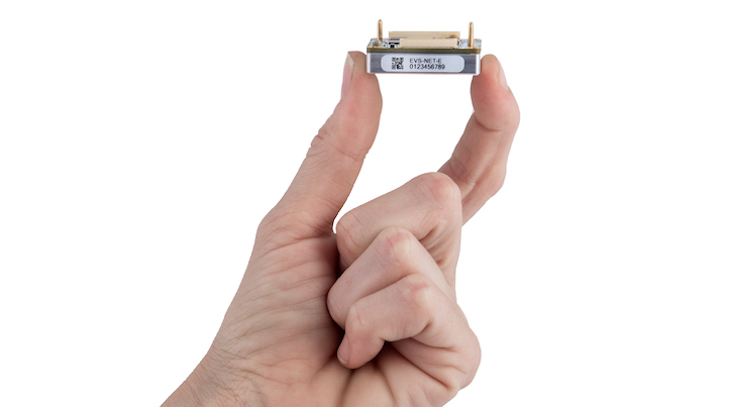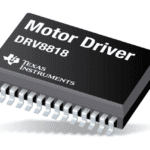Celera Motion, a business unit of Novanta Inc., announces the new Everest S, the latest addition to the company’s Everest Series, which is about 30% smaller than its predecessor. The EtherCAT and CANopen versions deliver bus latency reduced to 1 cycle.
The Everest S includes all the best features of other Everest servo drives — plus it now also includes Dual BiSS-C feedback support, a highly sought-after feature. And because it combines 16-bit differential current and four configurable ranges, Everest S delivers flawless resolution and is suitable for virtually any market application.
“We’re excited to introduce the Everest S to meet the growing demand for smaller, faster servo drives that provide more space for applications and even better performance,” said Marc Vila, Director of Strategy & Business Development for Celera Motion. “Our goal is to give product designers as much freedom and flexibility as possible, and the Everest S delivers that and more.”
Designed with 3 kW of power and a starting weight of just 18 grams, the Everest S suits applications such as surgical robots, exoskeletons, Pan Tilt gimbals, collaborative robots, legged robots and autonomous mobile robots.
The Everest S offers several advantages, including:
- An optimized hardware architecture that allows for high-speed communication protocols with minimum latency
- A current loop running at 50 kHz and a velocity loop at 25 kHz, guaranteeing optimal performance for motors
- An ultra-compact design with an extremely low profile and a lightweight design
- Multiple integration options and superior power management
- The latest motion-control software with a user-friendly configuration wizard and diagnostics.
High-speed SPI bus communication is available for optimized EtherCAT/CANopen multi-axis architectures. Everest S also has been designed to meet industrial functional safety standards to ensure continuous safe operation.
For more information, visit https://ingeniamc.com/everest-s-series/.







Leave a Reply
You must be logged in to post a comment.